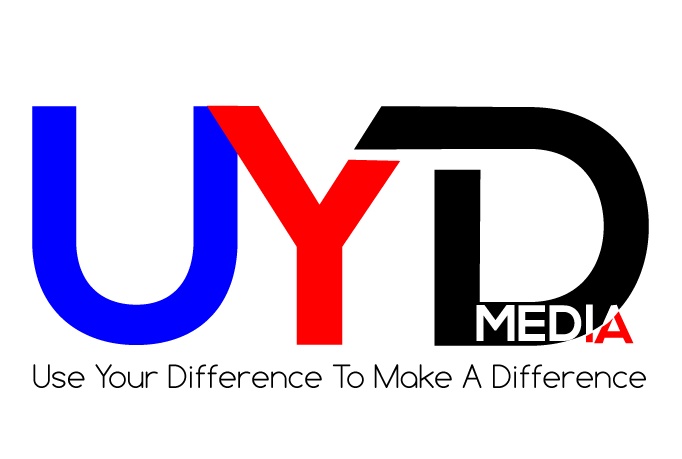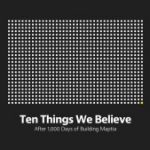By Lauren Owen
Despite being a relatively new genre, authors of Third Culture Kid (TCK) literature must meet demanding standards. These authors perform a dual task: first, define a population with whom many readers may be unfamiliar; simultaneously, they draw broad enough boundaries around these definitions so self-identified TCK readers don’t feel boxed in and categorized.
Being a TCK myself, and having read literature that rigidly categorizes and labels TCKs, I approached Tanya Crossman’s Misunderstood with a mixture of excitement and apprehension. I was pleased to find that at the end of nearly 400 pages of interwoven vignettes, anecdotes, personal quotes, context information, and definitions, Tanya has presented a balanced perspective of what it means to live as a TCK. Tanya extends past the quantifiable measures of countries lived in and number of moves to the feelings and thoughts a TCK carries with him or her.
A Diverse Sampling
Tanya’s book lends value to TCK literature through its geographic diversity of narratives. Instead of rehashing foundational TCK concepts, Tanya broadens the conversation by including quotes and vignettes from individuals who traditionally fell outside the original definitions of a TCK geographically. In my own experience, much of the TCK discussion has focused on Western-based TCKs in other parts of the world. Tanya expands her pool of narratives to include TCKs who claim passports from China, Cambodia, New Zealand, Australia, and many more. This diversity adds to richness to our understanding of the collective TCK identity.
Pushing the Boundaries
Not only does Tanya broaden the geographic narrative, but she also focuses on new groups of TCKs. These groups may fit better within Ruth van Reken’s recently developed Cross-Cultural Kid (CCK) framework. Regardless of definition, Tanya’s addressing of these groups—such as children of educators or unaffiliated families—accurately parallels the way our understanding must shift along with global trends. This leaves room for change and adapting and allows us to apply old understandings in new ways.
Who’s It For?
At the beginning of her book, Tanya identifies the intended audience as TCKs, families of TCKs, or caregivers of TCKs. I am confident Tanya has included something in her book for everyone, whether or not they identify with one of those categories. Boundaries continue to blur in globalization, and elements of the TCK identity are becoming more and more relevant. Whether you are a TCK or may interact with a TCK in the future, Misunderstood provides an excellent framework to begin understanding.




